
usb 4 design ultra fast serial data transfer your pcb
Introduction to USB4 and Its Benefits for PCB Design USB4 is the latest iteration of the Universal Serial Bus (USB) standard, offering unprecedented speed and[…]
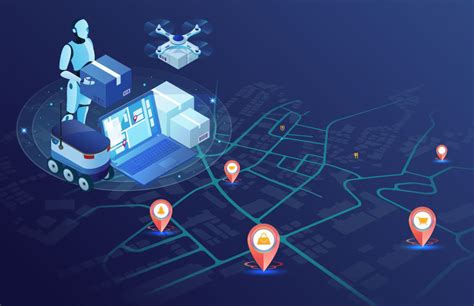
unmanned autonomous vehicles multiple sensor fusion pros cons
Introduction to Autonomous Sensor Fusion Autonomous sensor fusion is a critical component in the development and deployment of unmanned autonomous vehicles (UAVs). It involves the[…]
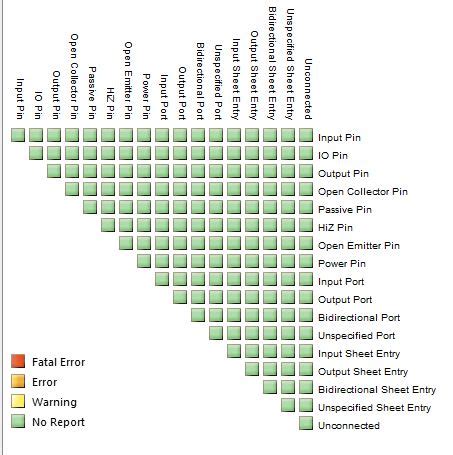
understanding your pcb netlist
What is a PCB Netlist? A PCB (Printed Circuit Board) netlist is a comprehensive list that contains information about the electronic components and their interconnections[…]
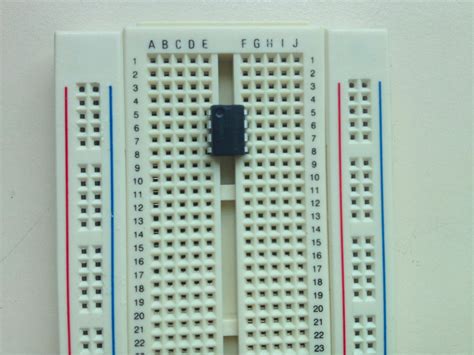
understanding nuances between breadboard projects and prototype layouts
Breadboard vs Prototype: Key Differences to Consider When developing electronic circuits and projects, hobbyists and engineers often start by creating a prototype on a breadboard[…]
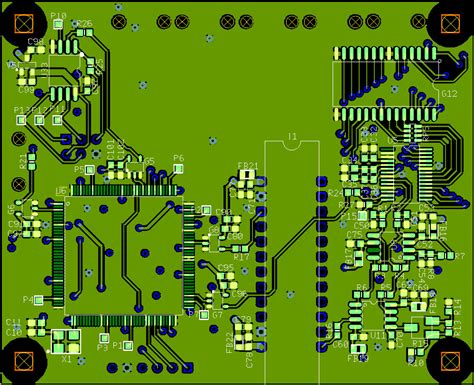
understanding ground planes your two layer pcb
What is a Ground Plane in PCB Design? A ground plane is a large area of copper on a printed circuit board (PCB) that is[…]
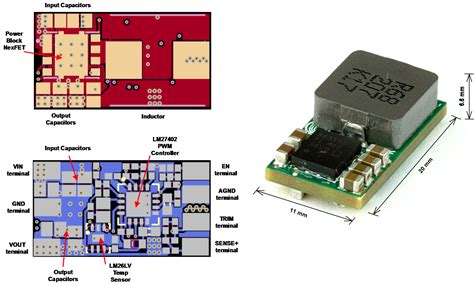
stay grounded digital analog and earth ground pcb layout
Introduction to PCB Ground Planes and Grounding Techniques Proper grounding is essential for the optimal performance, signal integrity, and electromagnetic compatibility of printed circuit boards[…]

protecting your pcb esd using transient voltage suppressors
Introduction to PCB ESD Protection Electrostatic discharge (ESD) is a sudden flow of electricity between two electrically charged objects. It can cause damage to sensitive[…]

us department transportation seeking alternatives gps
The Need for GPS Alternatives GPS, which is owned and operated by the U.S. Air Force, has become an integral part of modern life, supporting[…]
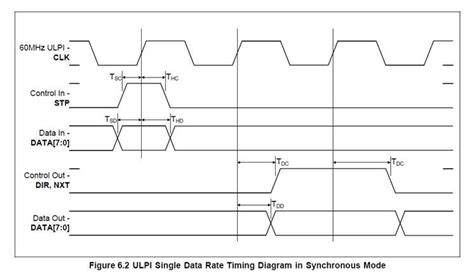
usb high speed ulpi routing
Introduction to USB-ULPI Routing USB (Universal Serial Bus) has become the standard interface for connecting peripherals to computers and mobile devices. With the increasing demand[…]

small electronic circuit design demands large amounts attention
Introduction to Electronic Circuit Design Electronic circuit design is the process of creating circuits that perform specific functions using electronic components. It requires a deep[…]